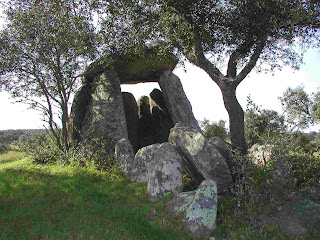Contextos funerários...The Eighth International Conference on the Mesolithic in Europe

Já se encontra disponível o programa do congresso do Mesolítico de Santander onde serão apresentadas algumas comunicações sobre os rituais funerários deste período. http://www.meso2010.com/welcome.html " The Eighth International Conference on the Mesolithic in Europe will be held in Santander from 13th to 17th September 2010, organised by the Cantabrian International Institute for Prehistoric Research with the support of the Department of Culture, Tourism and Sport of the Cantabrian Government and the University of Cantabria. This is the first time this prestigious series of conferences is held in southern Europe; furthermore, in a region with a long tradition in prehistoric studies, particularly on the Mesolithic. Santander is situated in the centre of the north coast of Spain and is one of the classic areas for the study of hunter-gatherers in southwest Europe, not only because of its famous Palaeolithic sites and its outstanding collections of cave art, but...


